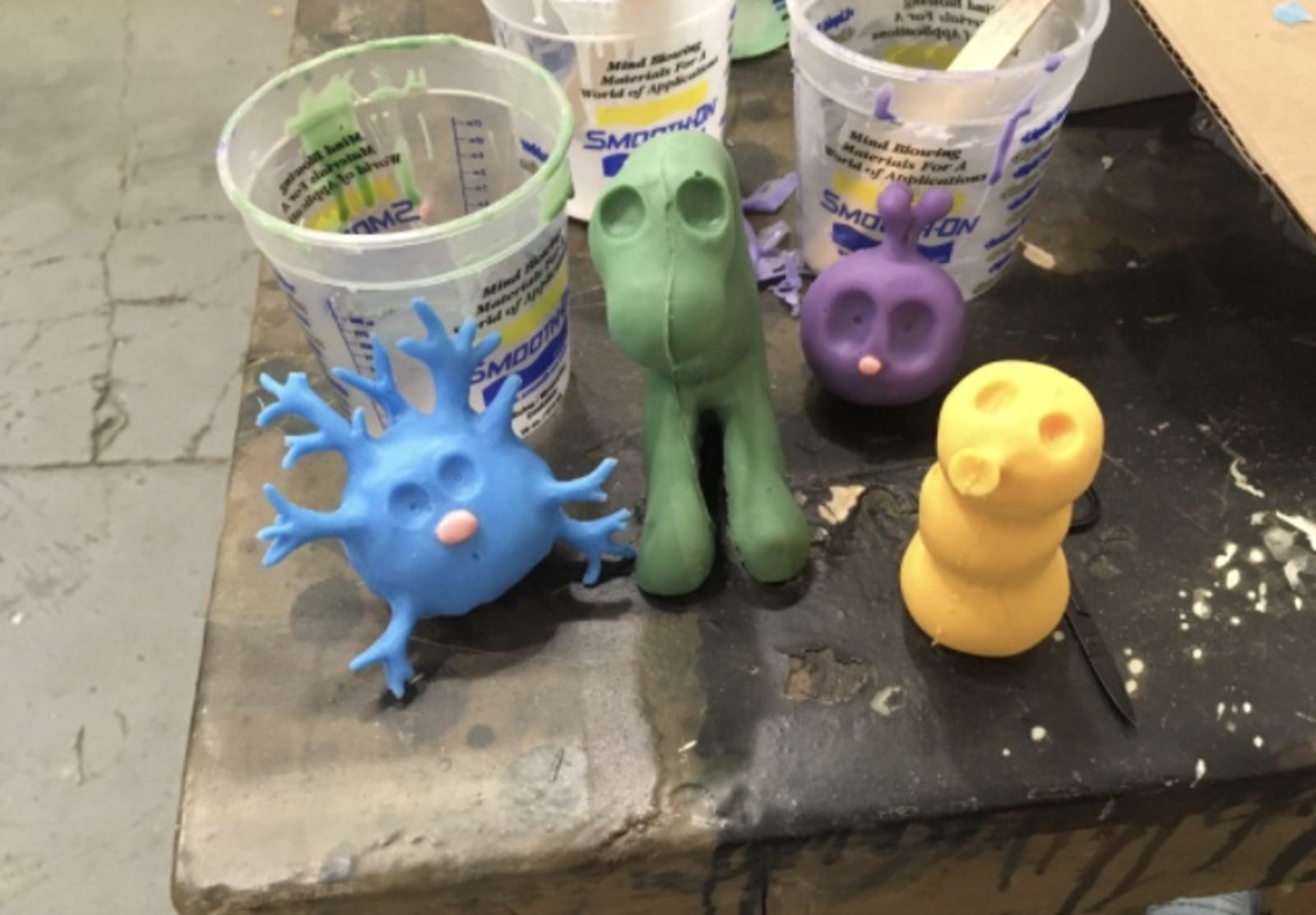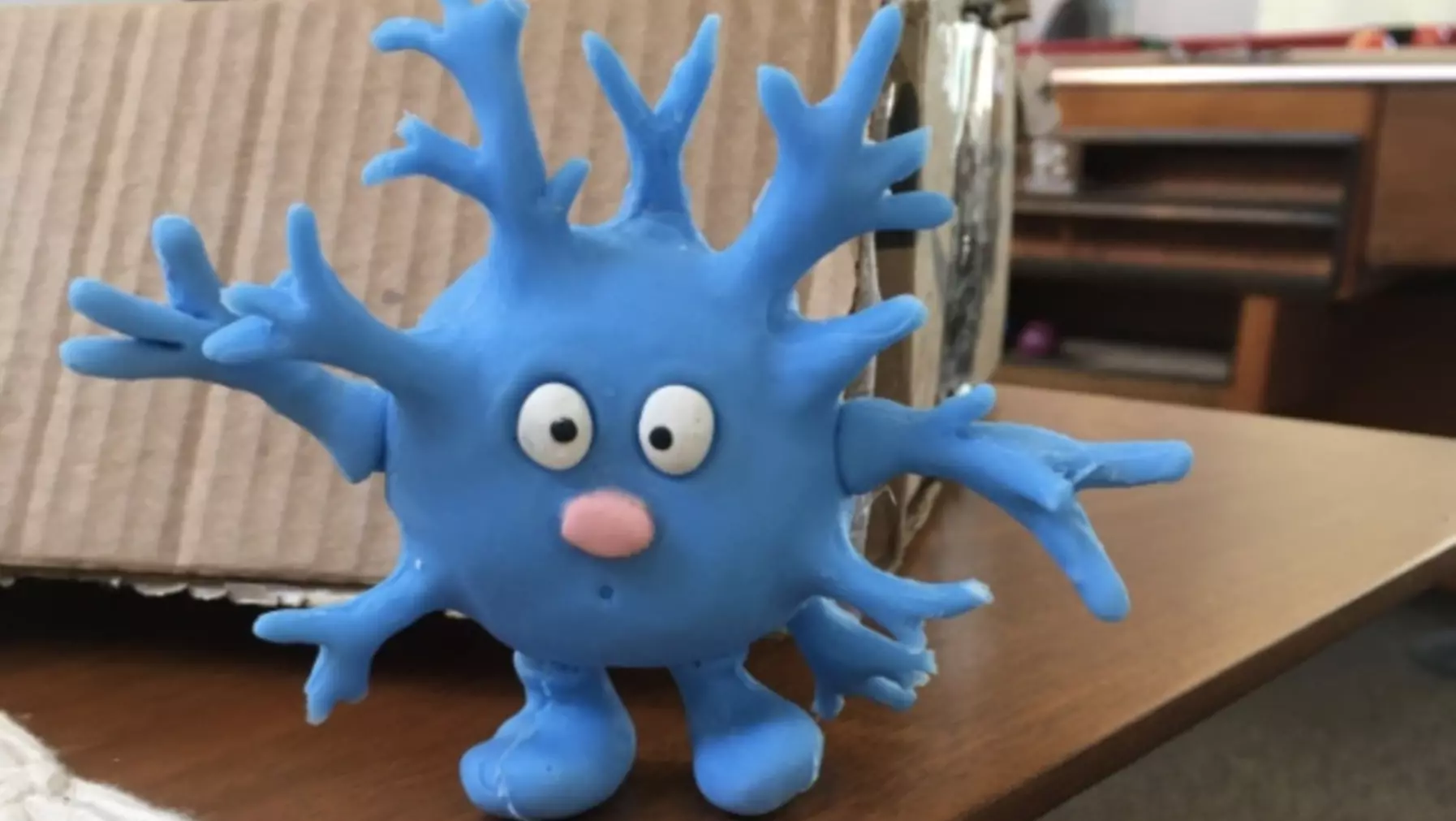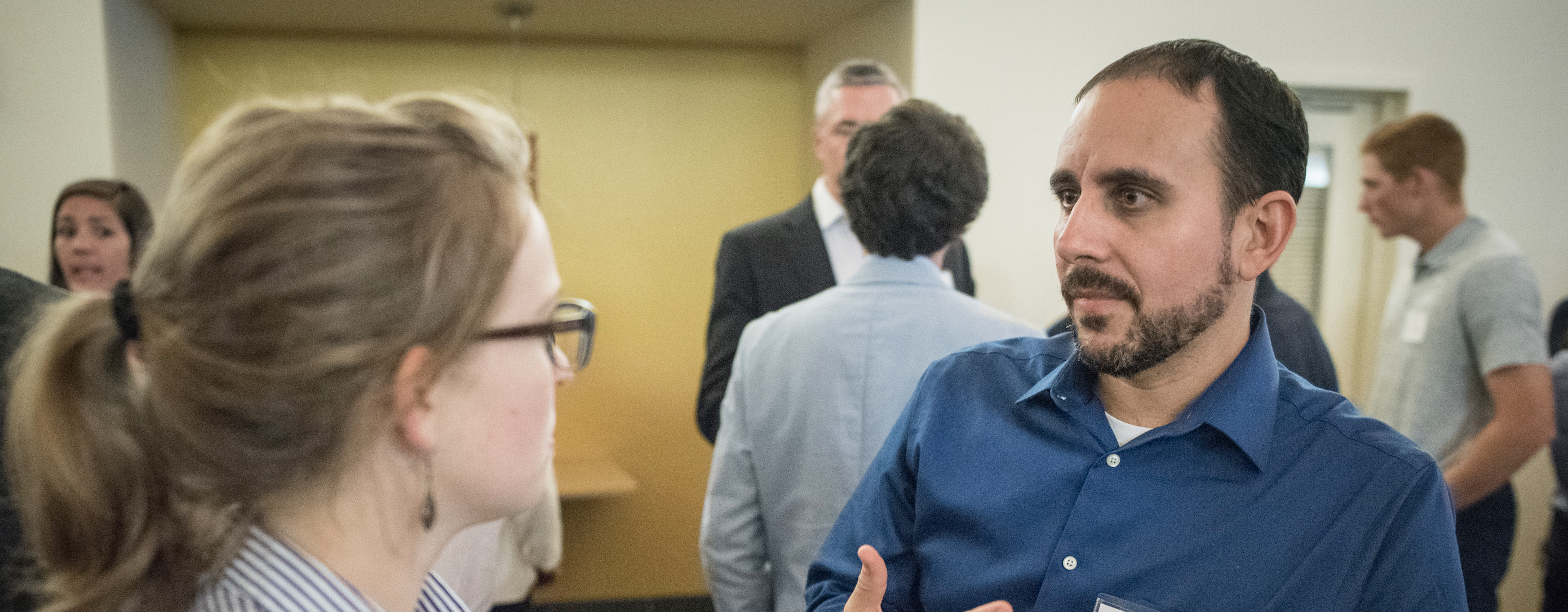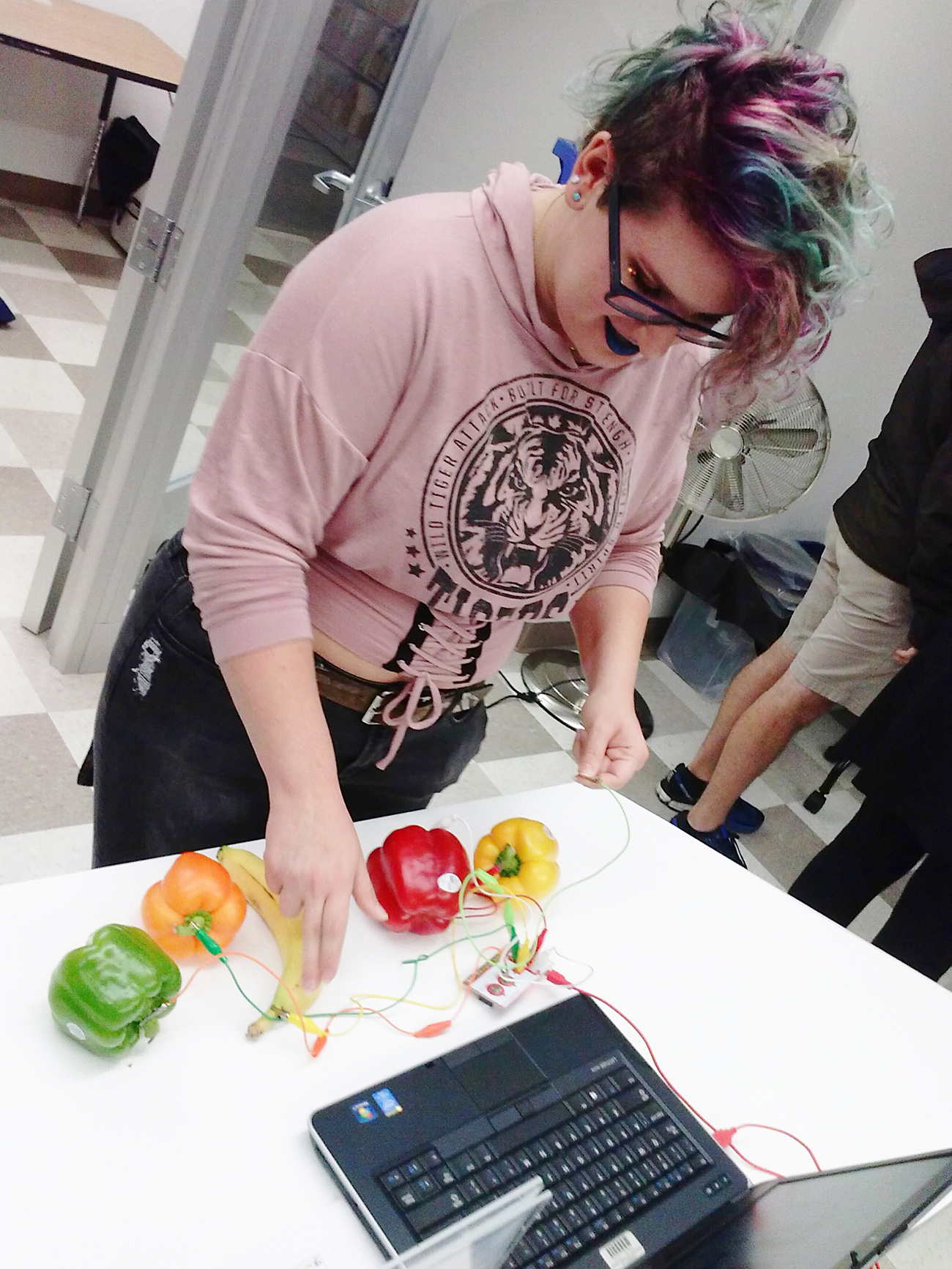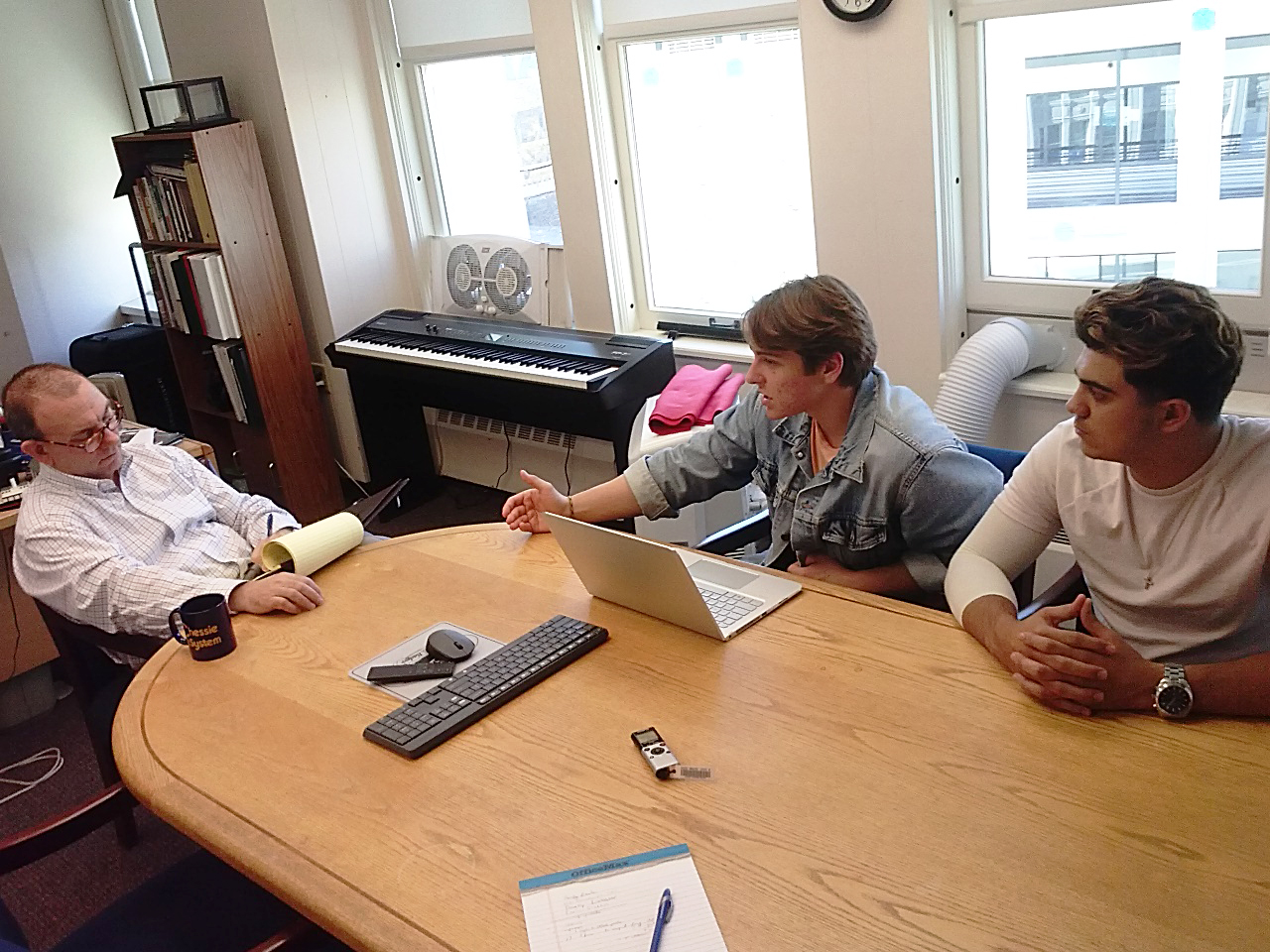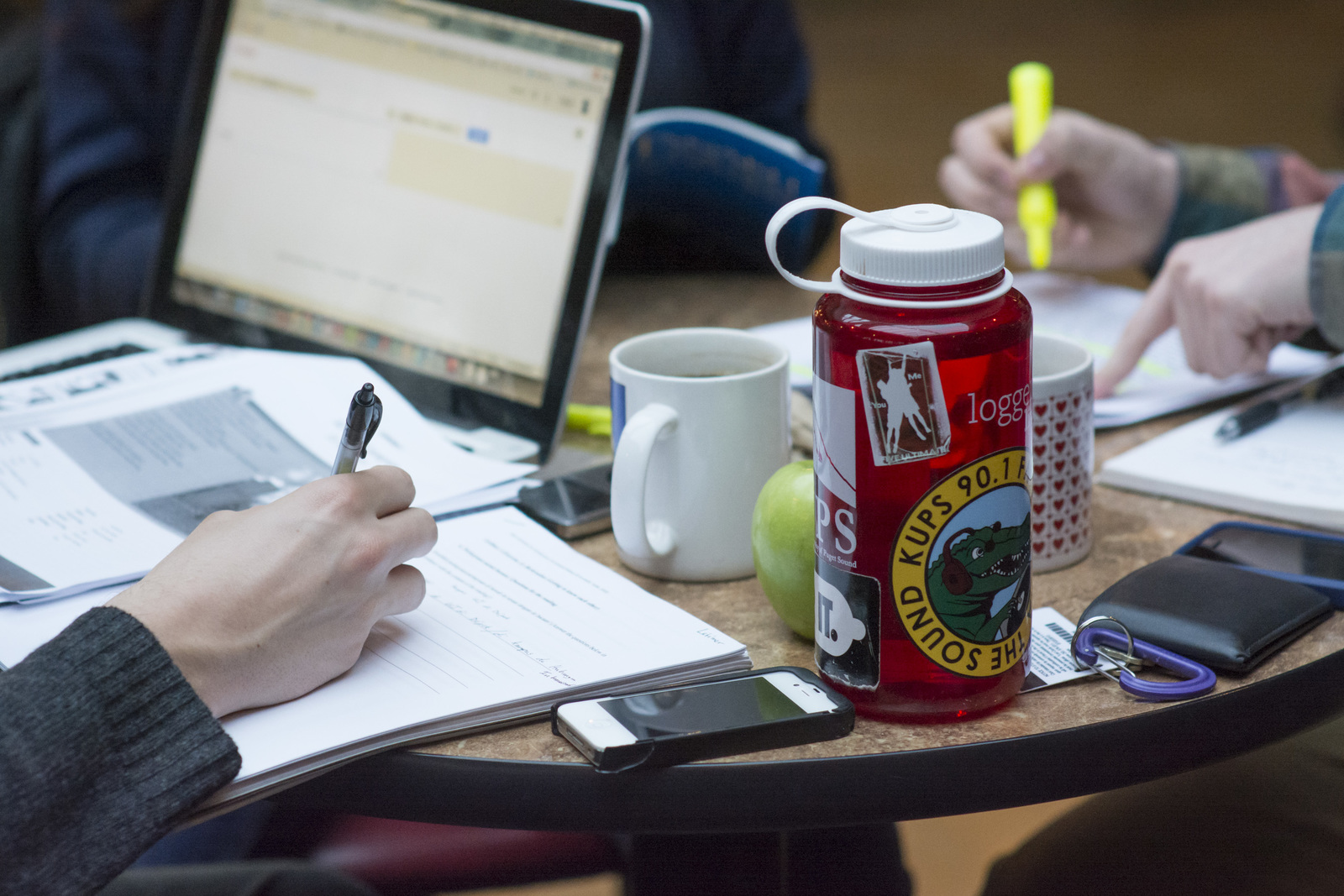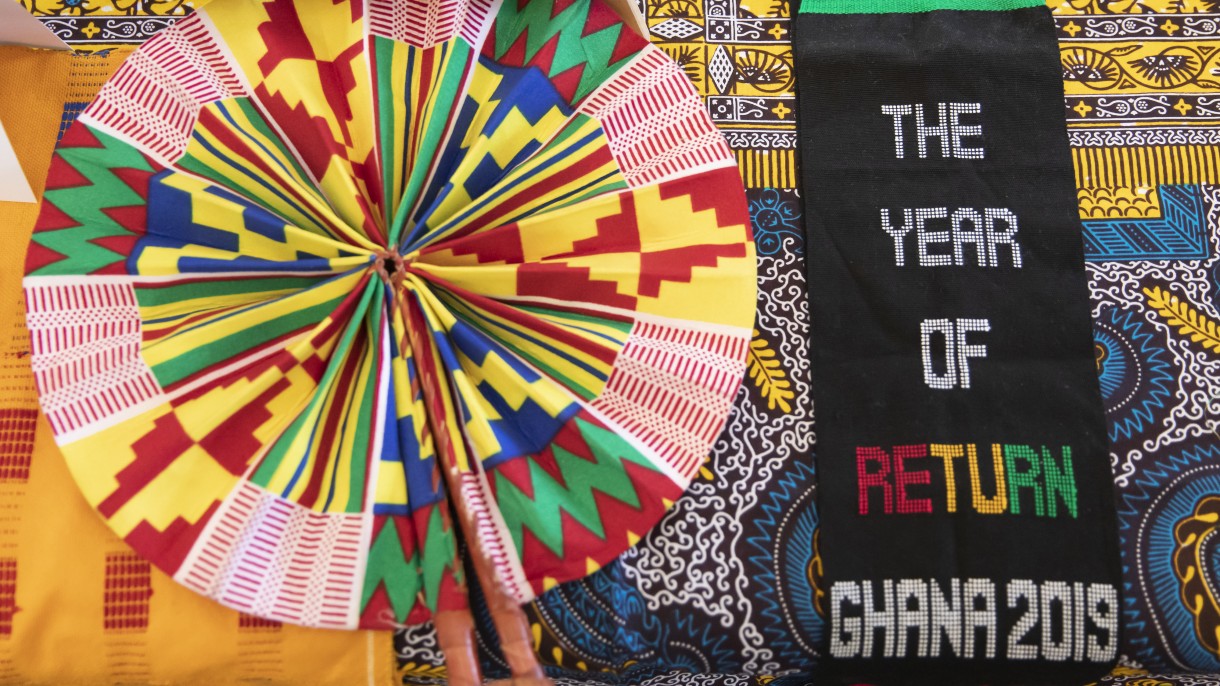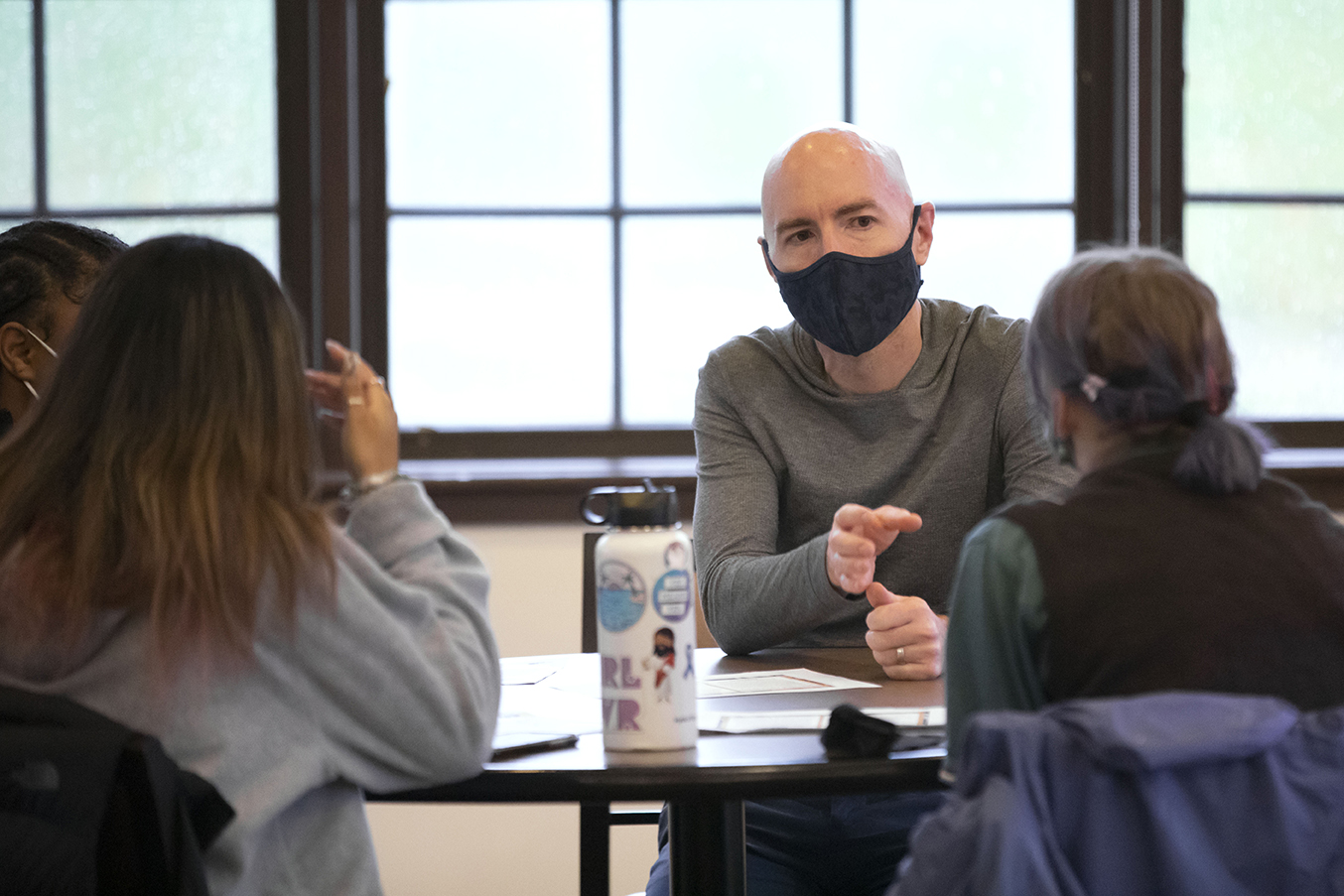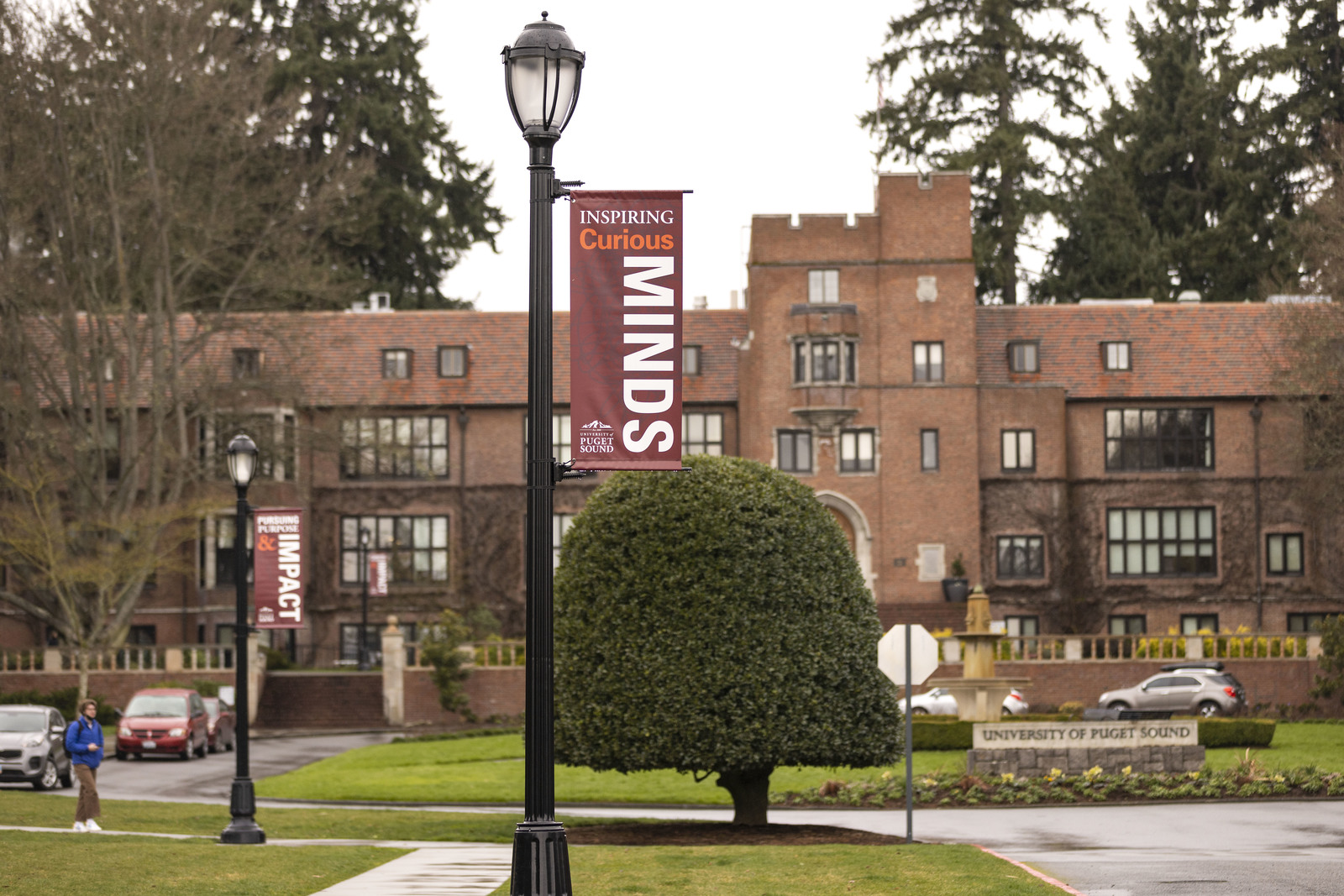Catherine Croft ’21 uses movie magic to introduce kids to neuroscience in a fun, accessible way.
In an art studio in Los Angeles, Catherine Croft ’21 is adjusting a silicone puppet shaped like the hippocampus region of the human brain—but with a face. After some fine-tuning, Croft steps back and double-checks that everything is in place on her miniature set. Then, she snaps a photo and starts the process all over again. In a typical day, she’ll shoot more than 700 photos to create one minute of film. She’s racing against time to complete a 15-minute stop-motion video as part of her summer research project at Puget Sound.
“I’m creating a pilot episode of a children’s TV show about neuroscience,” Croft says. “It features four characters who go on adventures through the brain. In this episode, there’s an issue in the auditory cortex that they need to fix and along the way, kids watching this will learn how the brain registers and interprets sounds.”
